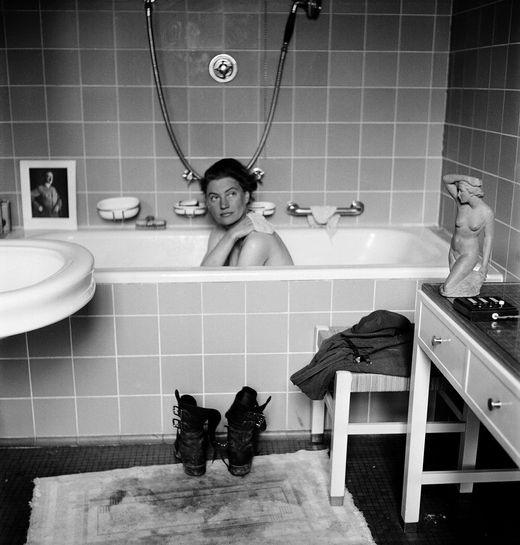Unveiling the Legacy of Lee Miller

Introduction
Lee Miller was not only a groundbreaking photographer but also an inspiring figure in the realms of art and journalism. Her work during World War II has earned her a prominent place in history, showcasing the power of photography to convey the harsh realities of war. As we reflect on the importance of her contributions, it becomes clear that understanding her life and work is essential for those interested in art, history, and the impact of conflict on society.
Early Life and Career
Born on April 23, 1907, in Poughkeepsie, New York, Miller began her career as a model in Paris before diving into the world of photography. She was mentored by the influential photographer Man Ray, whose surrealist approach significantly influenced her own work. In the 1930s, Miller’s photographic style evolved, paving the way for her to become a successful photographer in her own right. In 1932, she was introduced to the avant-garde art scene in Paris, becoming a fixture in the circle of surrealist artists.
War Reporting
As World War II erupted, Lee Miller transitioned from fashion photography to war reporting, serving as a photographer for Vogue. She documented the war in Europe, capturing both the brutality of battle and the resilience of the human spirit. One of her most famous images showed the aftermath of the liberation of a concentration camp in Germany, starkly illustrating the horrors of the Holocaust. Miller’s commitment to her work placed her on the frontlines of history, often risking her life to ensure the truth was told through her lens.
Post-War Contributions and Legacy
Following the war, Miller continued her artistic journey, producing a range of works that explored different subjects. Despite her contributions, her work was often overshadowed by her male counterparts during her lifetime. However, in recent years, there has been a renewed interest in her legacy, leading to exhibitions and retrospectives that celebrate her dual role as a pioneering photographer and artist. Her story has inspired countless artists, particularly female photographers who look to her as a model of resilience and innovation.
Conclusion
Lee Miller’s legacy speaks to the power of art and photography in wartime, offering a crucial perspective on the human experience. As we continue to study her life and work, it becomes increasingly clear that her contributions are not merely a footnote in history but a vital aspect of understanding the cultural impact of war. By revisiting and sharing her story, we ensure that Miller’s artistic vision and bravery are recognised and appreciated for generations to come.
